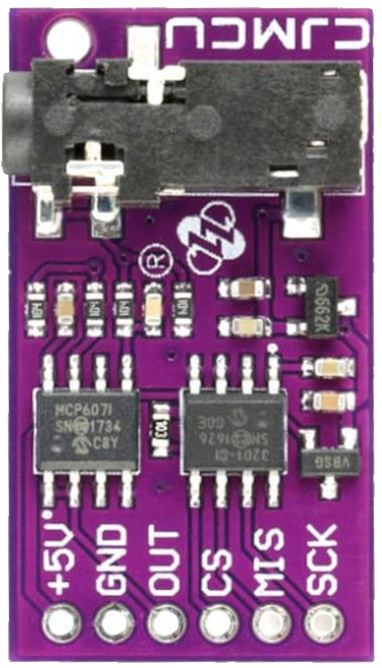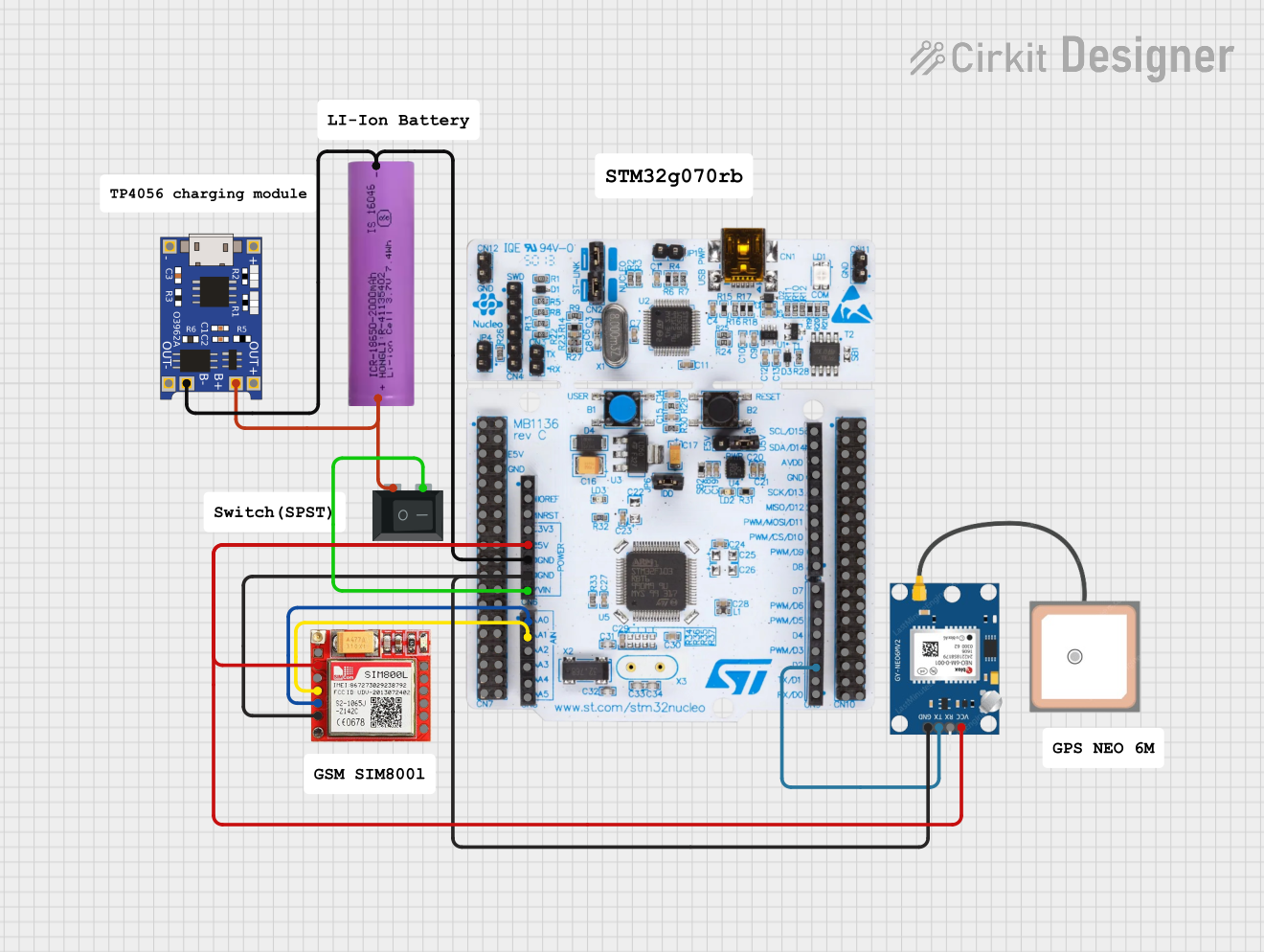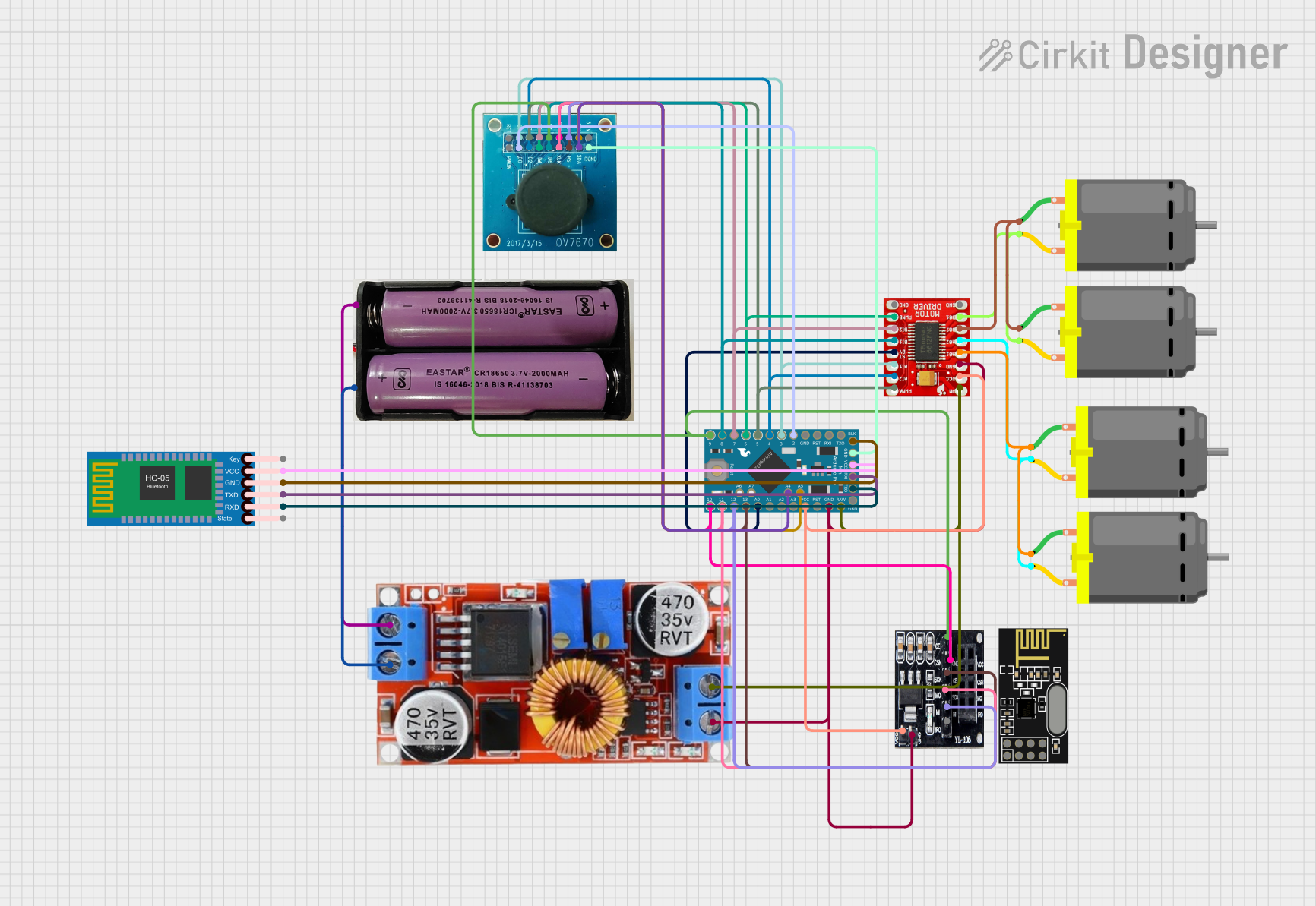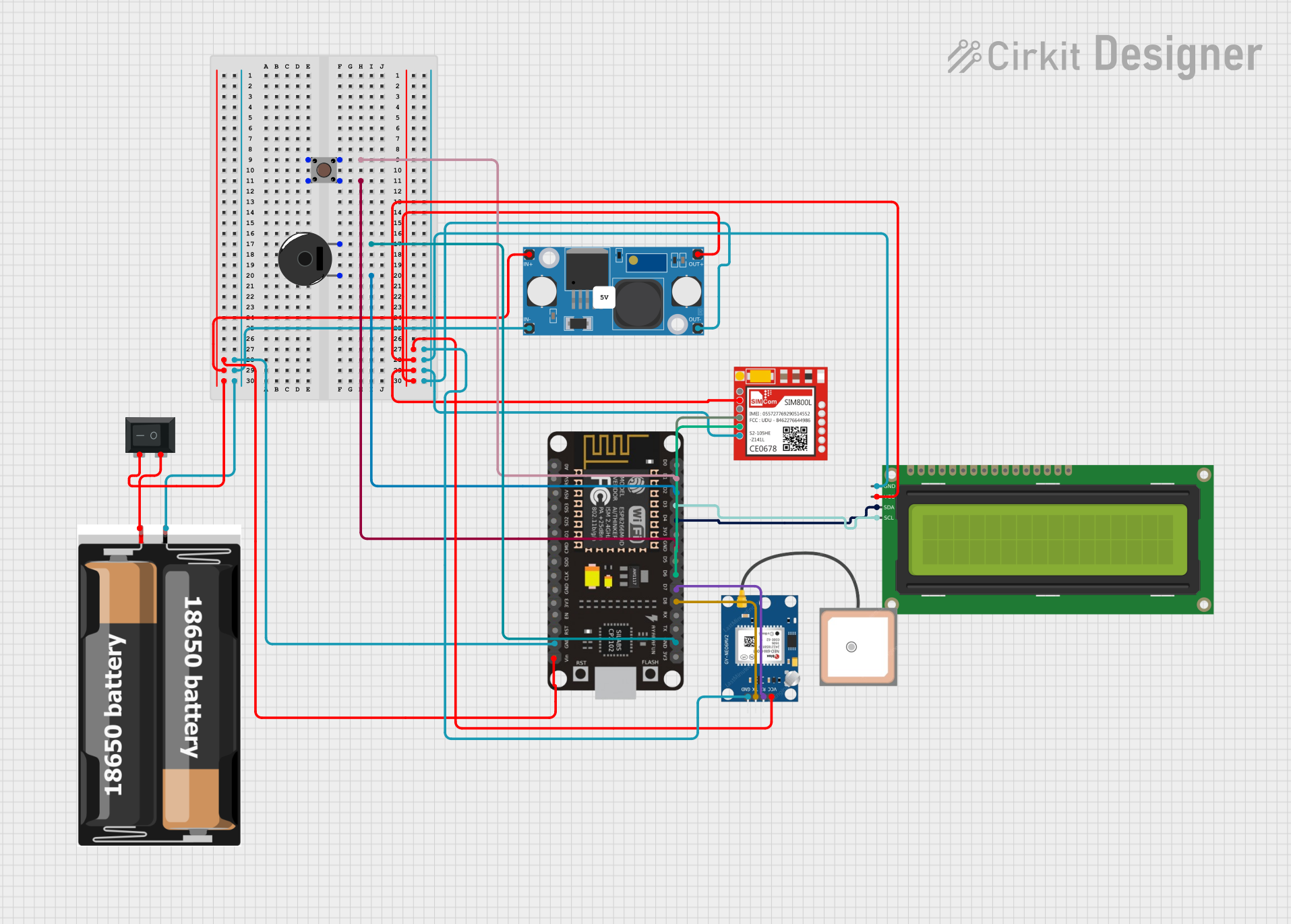
How to Use CJMCU 6701: Examples, Pinouts, and Specs

 Design with CJMCU 6701 in Cirkit Designer
Design with CJMCU 6701 in Cirkit DesignerIntroduction
The CJMCU 6701 is a compact, high-performance accelerometer sensor module designed for motion detection, orientation sensing, and vibration monitoring in a wide range of applications. This versatile sensor is commonly used in mobile devices, gaming systems, robotics, and other embedded systems where accurate motion sensing is required.
Explore Projects Built with CJMCU 6701

 Open Project in Cirkit Designer
Open Project in Cirkit Designer
 Open Project in Cirkit Designer
Open Project in Cirkit Designer
 Open Project in Cirkit Designer
Open Project in Cirkit Designer
 Open Project in Cirkit Designer
Open Project in Cirkit DesignerExplore Projects Built with CJMCU 6701

 Open Project in Cirkit Designer
Open Project in Cirkit Designer
 Open Project in Cirkit Designer
Open Project in Cirkit Designer
 Open Project in Cirkit Designer
Open Project in Cirkit Designer
 Open Project in Cirkit Designer
Open Project in Cirkit DesignerCommon Applications and Use Cases
- Mobile and handheld devices for screen orientation
- Gaming controllers for motion control
- Robotics for movement and balance control
- Vehicle dynamics monitoring
- Activity tracking and sports analysis
- Vibration analysis and machinery monitoring
Technical Specifications
Key Technical Details
- Operating Voltage: 2.0V to 3.6V
- Sensitivity: Selectable (typically ±2g/±4g/±8g/±16g)
- Output: Digital (I2C/SPI)
- Operating Temperature Range: -40°C to +85°C
- Dimensions: 3mm x 3mm x 1mm (typical)
Pin Configuration and Descriptions
| Pin Number | Pin Name | Description |
|---|---|---|
| 1 | VCC | Power supply (2.0V to 3.6V) |
| 2 | GND | Ground |
| 3 | SCL | Serial Clock Line (I2C mode) |
| 4 | SDA | Serial Data Line (I2C mode) |
| 5 | CS | Chip Select (SPI mode) |
| 6 | SDO | Serial Data Out (SPI mode) |
| 7 | SDI | Serial Data In (SPI mode) |
| 8 | INT | Interrupt output (active high or low) |
Usage Instructions
How to Use the Component in a Circuit
- Power Supply: Connect the VCC pin to a 2.0V to 3.6V power source and the GND pin to the ground.
- Communication: Choose between I2C or SPI for communication with a microcontroller:
- For I2C, connect SCL to the I2C clock line and SDA to the I2C data line.
- For SPI, connect CS to the chip select, SDO to the MISO (Master In Slave Out), and SDI to the MOSI (Master Out Slave In) of the microcontroller.
- Interrupts (Optional): The INT pin can be connected to an interrupt-capable GPIO pin on the microcontroller to handle events like motion detection or free-fall.
Important Considerations and Best Practices
- Ensure that the power supply is stable and within the specified voltage range to prevent damage to the sensor.
- Use pull-up resistors on the I2C lines if they are not already present on the microcontroller board.
- When using SPI, ensure that the CS pin is toggled correctly to enable and disable communication with the sensor.
- Place the sensor away from sources of heat and electromagnetic interference to ensure accurate readings.
- For precise measurements, calibrate the sensor in the application environment.
Example Code for Arduino UNO
#include <Wire.h>
// CJMCU 6701 I2C address (assuming A0 is grounded)
#define ACCEL_I2C_ADDR 0x18
void setup() {
Wire.begin(); // Initialize I2C
Serial.begin(9600); // Start serial communication at 9600 baud
// Initialize CJMCU 6701
Wire.beginTransmission(ACCEL_I2C_ADDR);
// Add initialization code specific to the CJMCU 6701
Wire.endTransmission();
}
void loop() {
// Read acceleration data from CJMCU 6701
Wire.beginTransmission(ACCEL_I2C_ADDR);
// Add code to request data from the sensor
Wire.endTransmission();
Wire.requestFrom(ACCEL_I2C_ADDR, 6); // Request 6 bytes of data
// Assuming the sensor sends back x, y, and z acceleration data
if (Wire.available() == 6) {
int xAccl = Wire.read() | Wire.read() << 8;
int yAccl = Wire.read() | Wire.read() << 8;
int zAccl = Wire.read() | Wire.read() << 8;
// Process and output the acceleration data
Serial.print("X: ");
Serial.print(xAccl);
Serial.print(" Y: ");
Serial.print(yAccl);
Serial.print(" Z: ");
Serial.println(zAccl);
}
delay(100); // Delay for a short period before reading again
}
Troubleshooting and FAQs
Common Issues Users Might Face
- No Data or Erratic Readings: Ensure that the connections are secure and the power supply is within the specified range. Check for proper pull-up resistors on the I2C lines.
- Inaccurate Readings: Calibrate the sensor for the specific application environment and verify that the sensitivity settings are correct.
- Communication Failure: Confirm that the correct communication protocol (I2C/SPI) is selected and that the microcontroller pins are configured properly.
Solutions and Tips for Troubleshooting
- Double-check wiring and solder joints for any loose connections or shorts.
- Use a logic analyzer or oscilloscope to verify the communication signals on the I2C/SPI lines.
- Reset the power to the sensor module to clear any potential latch-up conditions.
- Consult the sensor's datasheet for detailed operational characteristics and advanced configuration settings.
FAQs
Q: Can the CJMCU 6701 measure rotation? A: No, the CJMCU 6701 is an accelerometer and measures linear acceleration. For rotation, you would need a gyroscope sensor.
Q: How do I change the sensitivity of the sensor? A: Sensitivity can typically be adjusted through configuration registers. Refer to the sensor's datasheet for the specific register settings.
Q: What is the purpose of the INT pin? A: The INT pin can be used to trigger an interrupt in the microcontroller when certain conditions are met, such as threshold crossing or motion detection, allowing for event-driven processing.
Q: Is the CJMCU 6701 suitable for outdoor applications? A: While the CJMCU 6701 can operate in a wide temperature range, it should be protected from the elements (moisture, dust, etc.) to ensure longevity and reliability. Use an appropriate enclosure if necessary.